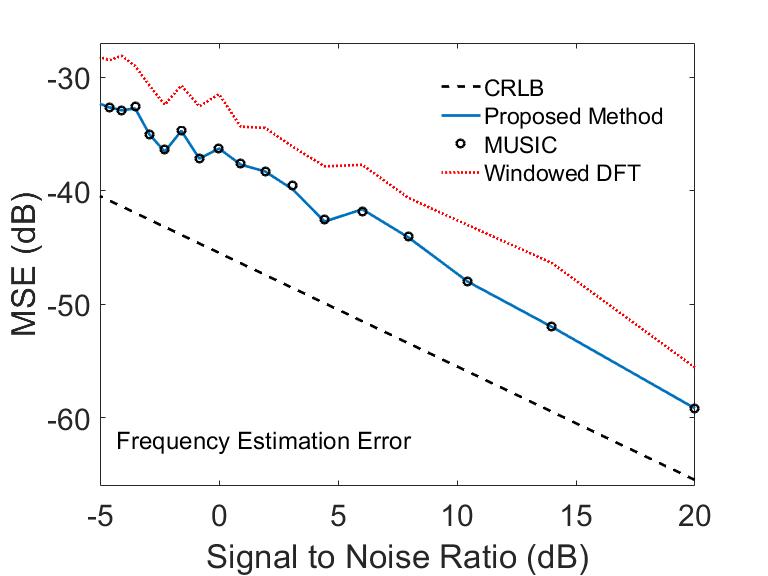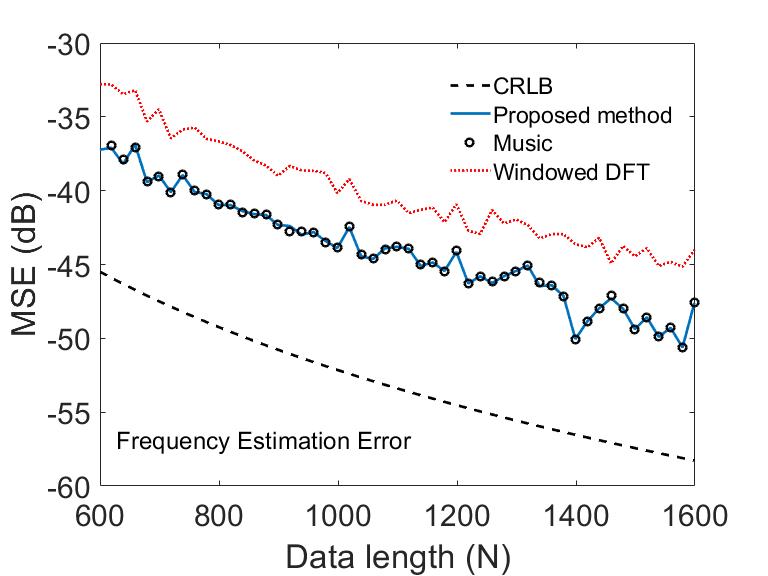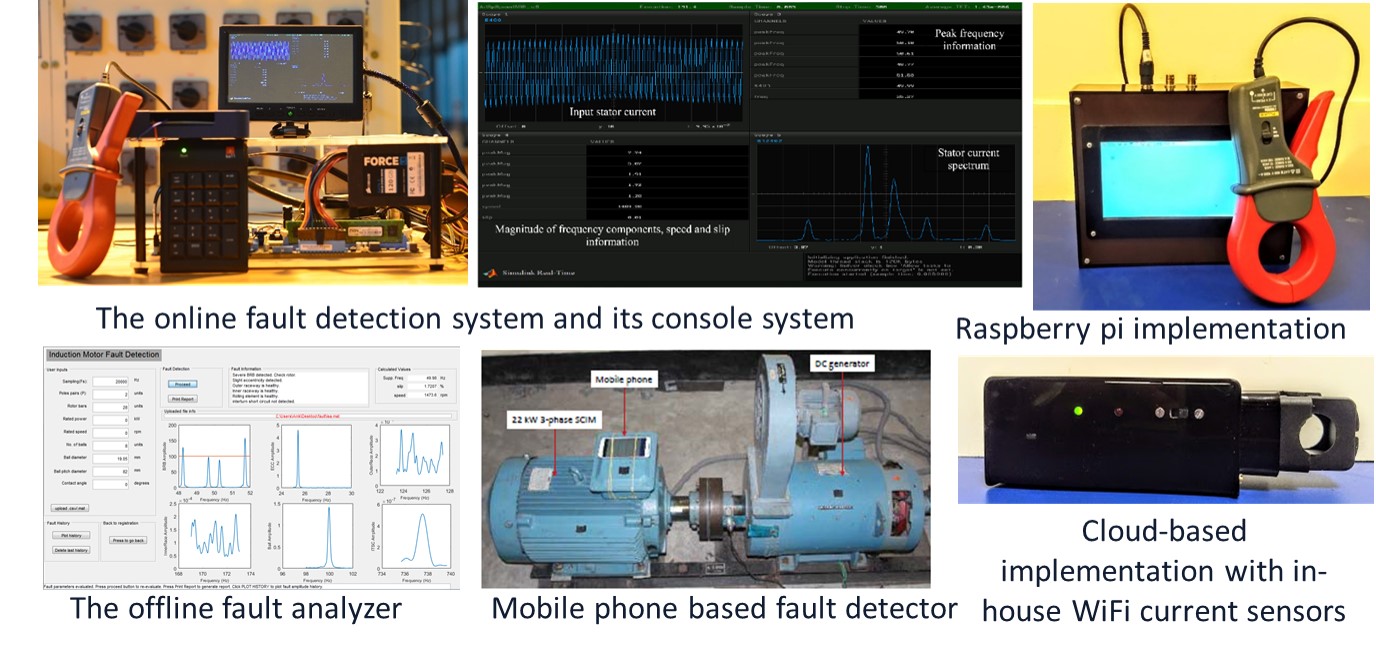Anik Kumar Samanta
I have joined the Data Science and Machine Learning Group at Danfoss India Technology Centre, where I am responsible for designing predictive maintenance and developing federated learning architectures of industrial and mobile hydraulic systems. I have been working in my current position since March 22, 2021. Previously, I completed my doctoral thesis on signal processing under the supervision of Prof. Aurobinda Routray (Electrical Engineering) and Prof. Swanand R. Khare (Mathematics) at the Indian Institute of Technology Kharagpur. I have worked on high-resolution spectral estimation, signal-based fault diagnosis of induction motors, detection theory, detection and estimation of parameters under non-stationary conditions, and embedded signal processing. My resume can be downloaded in PDF format from here.
- January 2024: Edison award received from the President (Danfoss Power Solutions) and Global R&D head.
- November 2023: SPOT award.
- April 2022: Selected to the editorial board of IEEE Open Journal of Instrumentation and Measurement as Associate Editor.
- January 2022: Outstanding reviewer 2021 (consecutive), IEEE Transaction on Instrumentation and Measurement.
- October 2021: Sucessfully defended my Ph.D. thesis on the topic, "Frequency Estimation under Stationary and Non-stationary Conditions - A Case Study of Induction Motor Fault Diagnosis."
- September 2021: Adjudged “Top Idea Contributor” in Innologue Innovation event 2021 at Danfoss India Tech. Centre for advancement of Federated Learning and Graph Signal Processing.
- August 2021: Transitioned to Danfoss India Technology Centre as part of the official merger.
- March 2021: Joined the Data Science and Machine Learning Group at Eaton India Innovation Centre, Pune as Senior Engineer.





